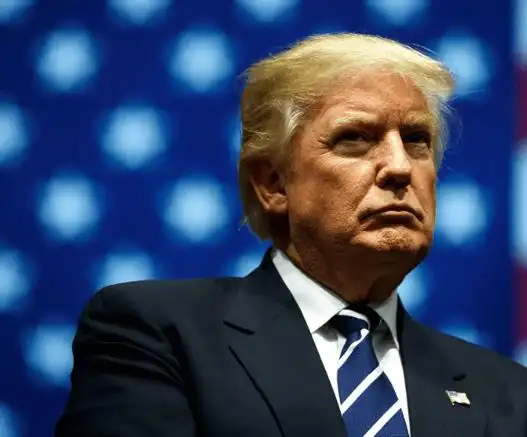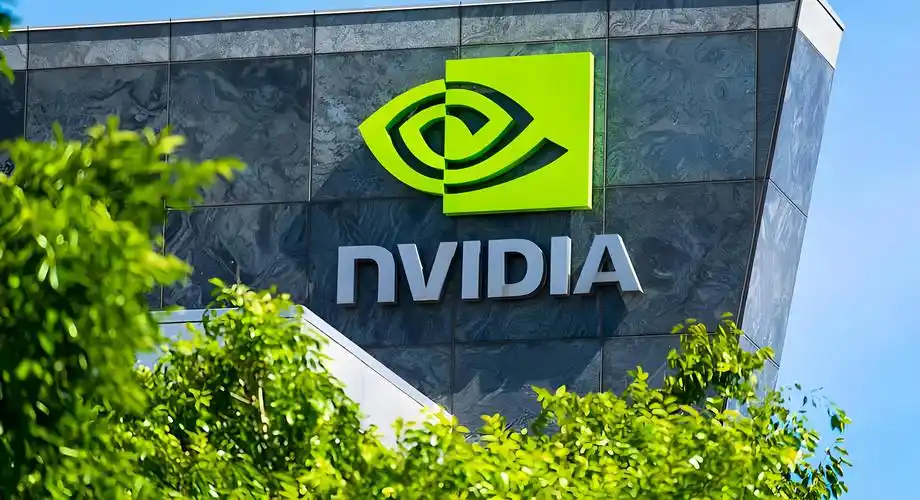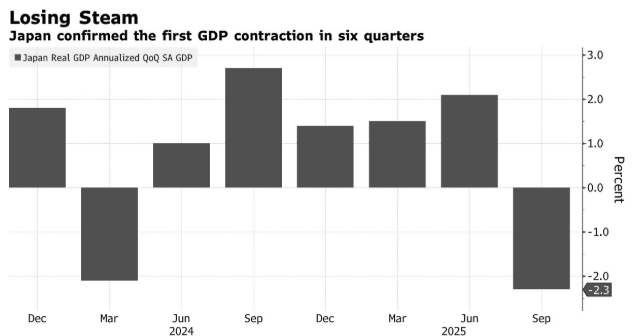US President Donald Trump predicted that the Federal Reserve will hold a key meeting this week, and the Fed officials are expected to implement the first easing policy in nine months at the meeting, when the Fed will “cut interest rates significantly”.
The Federal Reserve is widely expected to cut interest rates on September 17 as it grapples with a slowing labor market, persistently high inflation and unprecedented rate cuts by Trump. A Bloomberg survey of economists shows the median expectation is for a 25 basis point cut.
For months, Trump has been pressuring Federal Reserve Chair Jerome Powell to cut interest rates and has repeatedly encouraged him to resign.
Recent weak economic reports have raised concerns that the labor market may slow down further, which would threaten consumer spending and economic growth. Meanwhile, the inflation rate remains above the Federal Reserve’s 2% target, and it could rise further if tariffs push up costs, prompting some officials to be cautious about moving too quickly.
Powell’s term will end in May 2026, and Trump is considering his successor. The president has publicly nominated White House economic advisor Kevin Hassett, Federal Reserve governor Christopher Waller, and former Federal Reserve governor Kevin Warsh as the three main candidates.
The Federal Reserve is poised to cut interest rates for the first time in nine months in response to a slowing labor market, stubborn inflation and President Donald Trump’s unprecedented push to lower borrowing costs.
However, this week’s rate cut does not necessarily mean that the Federal Reserve will embark on a smooth path of rate cuts.
A series of disappointing data have raised concerns that the labor market may be headed for a more severe slowdown, dragging down consumer spending and economic growth. However, the inflation rate remains above the Federal Reserve’s 2% target and may be pushed up by tariffs. This has made some policymakers wary of acting too quickly.
Pat Harker, who served as president of the Philadelphia Fed until June this year, said that typically, a first rate hike as expected on September 17 marks the start of a cycle of rate cuts or hikes. But this time, “it’s not clear whether it will happen in a strong way,” he said.
Disagreements among Federal Reserve officials on the next move could lead to multiple dissenting voices. Some advocate against cutting interest rates, while others call for a more substantial rate cut. This could be the first time since 2019 that three officials dissent at a Fed meeting, or even the first time since 1990 that four do so.
As the White House seeks to exert greater influence over the central bank, policymakers are grappling with the increasingly severe situation of the US economy.
Last month, Trump attempted to fire Fed governor Lisa Cook, but the move has been temporarily blocked by a court. He also appointed a close ally of the Fed’s board, who could attend this week’s meeting if the Senate approves in time.
Two consecutive disappointing employment reports, an increase in unemployment claims, and revised preliminary data showing that job growth in 2024 and early 2025 was far less robust than previously reported have strengthened market bets on a quarter-point interest rate cut this week.
The Fed’s assessment of the labor market has become complicated due to what Powell called a “strange balance”. Under the Trump administration’s crackdown on immigration, labor demand is weakening while supply is also vanishing – making it difficult for us to determine just how weak the underlying job market really is.
Despite this, the rate cut this week will free policymakers from the wait-and-see stance they have maintained since the beginning of the year. Officials kept the interest rate within the range of 4.25% to 4.5%, mainly out of concern that Trump’s comprehensive tariffs on US trading partners could lead to sustained inflation.
“I think the weak employment data means they have to respond,” said Vincent Reinhart, chief economist at BNY Investments. He expects the Federal Reserve to cut interest rates at its upcoming meeting, but doesn’t think further cuts will be necessary after that. “We’re not at a critical juncture yet.”


